EM2020: FEMA’s Missions to Prepare, Respond, Recover
The Government Technology & Services Coalition’s EM2020 is a week of interactive webinars to explore the missions of the Federal Emergency Management Agency, the practice of emergency management, and the nation’s preparedness for, response to, and recovery from, any emergency. Webinars feature a keynote speaker. and panel discussion for approximately 1.5-2 hours daily. Panels will be announced as they are confirmed – we anticipate 6 sessions with FEMA leadership.
AGENDA
Tuesday, October 27
Technology and the FEMA Mission
OPENING KEYNOTE
2:00 PM Lytwaive Hutchinson, Chief Information Officer
Discussion:
2:30 PM Karen Filipponi, Chief Component Human Capital Officer
Wednesday, October 28
EVENT KEYNOTE
1:30 PM Peter Gaynor, Administrator, FEMA
Preparedness: Expanding our Understanding
2:00 PM Alex Amparo, Assistant Administrator, National Preparedness
Discussion panel:
2:30 PM Linda Mastandrea, Director, Office of Disability Integration and Coordination
3:00 PM Chief Keith Bryant, Administrator, U.S. Fire Administration
3:30 PM David Maurstad, Deputy Associate Administrator, Federal Insurance and Mitigation Administration
Thursday, October 29
Resilience for All-Hazards
2:00 PM Bridget Bean, Deputy Administrator (Acting), Resilience
Friday, October 30
FEMA Modification of Response and Recovery efforts in a pandemic environment
2:00 PM Jeffrey Dorko, Assistant Administrator for Logistics, Office of Response and Recovery
2:30 PM Dr. Melissa Forbes, Deputy Assistant Administrator for Recovery, Office of Response and Recovery
Tuesday, November 3
Procurement Update
2:00PM Bobby McCane, Chief Procurement Officer
2:30PM Lester Ingol, Deputy Chief Component Procurement Officer
Read more about our sponsor, Excelicon, here:

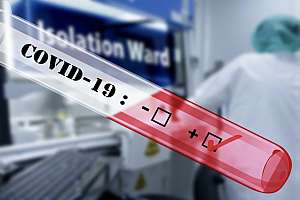

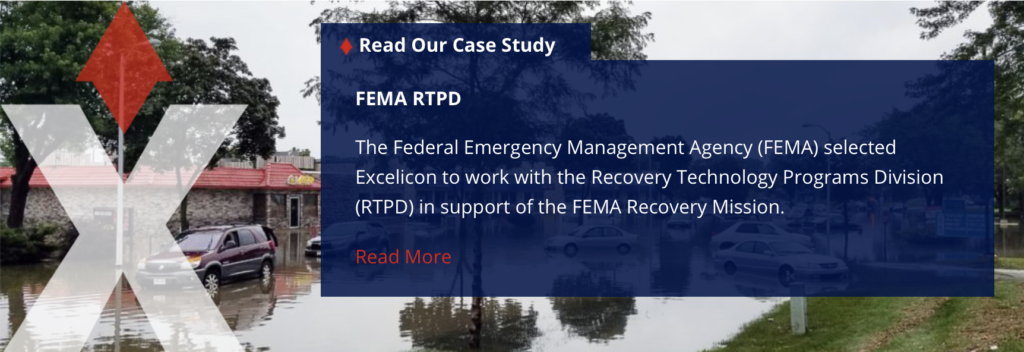
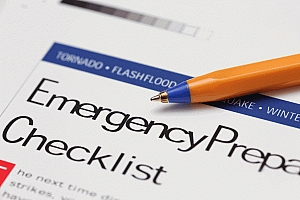
 Lilly Harris is the CEO of MSA, Inc., a small, economically disadvantaged, woman-owned small business that delivers expertise and knowledge in Professional Services, Systems Test Evaluation and Support, and Emergency Management to more than thirty federal and commercial clients.
Lilly Harris is the CEO of MSA, Inc., a small, economically disadvantaged, woman-owned small business that delivers expertise and knowledge in Professional Services, Systems Test Evaluation and Support, and Emergency Management to more than thirty federal and commercial clients.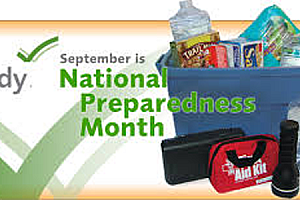
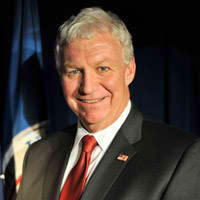 About Richard Serino
About Richard Serino

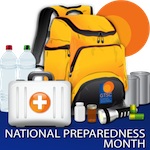 September 2013 is National Preparedness Month. Over the next month, the GTSC blog will take a look at some emergency tips and resources to keep your business prepared to be ‘afloat’ for the inevitable.
September 2013 is National Preparedness Month. Over the next month, the GTSC blog will take a look at some emergency tips and resources to keep your business prepared to be ‘afloat’ for the inevitable.
